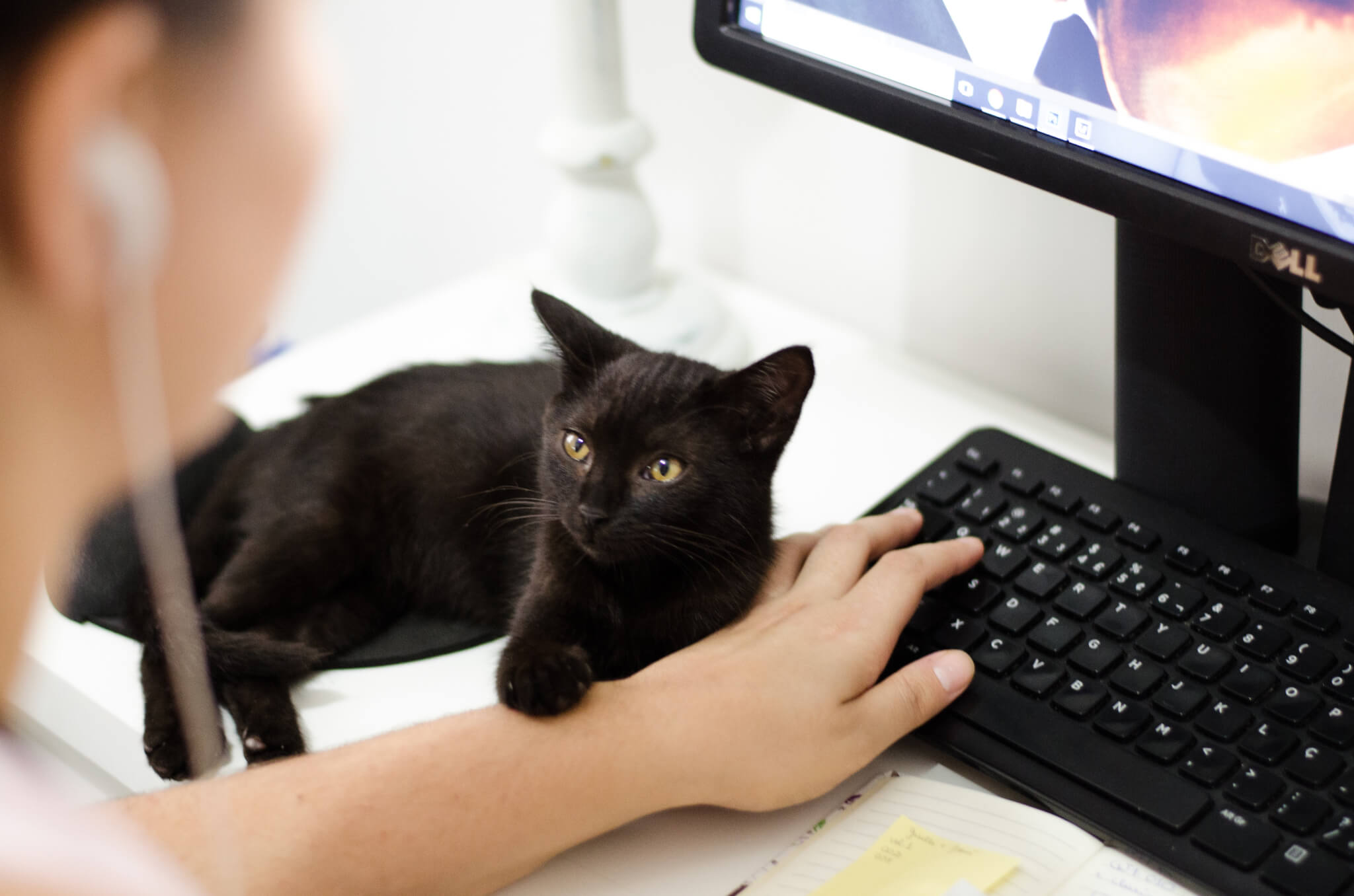Customer loyalty. Just two words that play an increasingly vital role in business running. Many companies are jumping on the bandwagon of customer-driven brands and try to resonate with clients fully in the hope that they will buy from the company again. Arguably, loyal customers repeat the orders, bring you more opportunities due to WOM, and drive your product or service forward.
Why should you encourage customer loyalty?
Let’s draw a general picture (it may be a bit flowery). Once your customers emotionally attached to your product or service, they know what they want, they are engaged, and they will eagerly promote your company, and become brand advocates. That ideal spot takes time and effort before it becomes the truth. Logically if you ask: Does it worth the money and time? The answer is obvious: yes.
In “Building the Brand-Driven Business” Scott M. Davis and Michael Dunn provide six reasons why customer loyalty is worth working on. Here is a quick listing of what loyal clients do:
- rarely consider other brands.
- request your company by name.
- recommend your brand to other people.
- are ready to wait longer and drive farther to get your product or service.
- accept updates or extensions more readily.
- continue paying the premium price.
One of the foremost aspects of customer loyalty is likability. Once people consider a relationship with the brand mutually beneficial, they will stay loyal and keep buying from you. That’s why try to get to know a customer more personally - you can assign a personal account manager or customer support agent to handle this task.
Such action is more significant as it may seem from the first sight. In this way, you can collect significant information for further follow-ups and campaigns and guess right what needs your customer has. Yet, don’t forget to organize the operations with information collection. You don’t need the name of a customer’s pet or the last job promotion. Keep the eye and ear for information that helps to build a stronger relationship.
Take care of existing customers
Perhaps, you have heard a lot about the Pareto Principle. It is often applied to many business aspects. And if we apply it to customer loyalty, we can state that 20% of existing customers will deliver 80% of the company income. So, the new clients should come to your brand, yet the current customer base comes as a more predictable source of revenue.
There is one more stop before we get to the tips on how to increase customer loyalty. You should care about the existing and future customers. Why? The answer consists of three points:
- 1) Higher conversion rates. These people know your brand and how you work. If they are satisfied with the customer experience provided, they will come to buy again. The trust and confidence bridge was built, and you can identify their needs more easily.
- 2) Spare marketing budget. The marketing team saves time on the search and convincing the customers-to-be that your product or service does not only deserve their attention but also why they should buy it. There is one more thing: existing clients can give you feedback on the quality of the product and performance as well as customer service. Don’t miss a valuable source for the brand and team improvement.
- 3) Overall profit boost. The current customers are less focused on price, so there is no need to offer many discounts. Still, these tactics usually applied to attract new clients. And turning again to the built trust, you can upsell and cross-sell with the customers who are aware of some of your services or products. Ideally, they will buy everything you offer, in practice, you can convince them that some other product will be interesting and useful for them.
10 tips to customer loyalty increase
Everything comes down to the following: customer loyalty should be carefully developed along with the company culture of customer service. Future and existing customers should be equally carefully treated to ensure revenue growth, WOM and brand advocates. So sure, the next pieces of advice you will find handy and easy to apply.
#1 Provide valuable experience
A quality experience that has satisfied your customer is more valuable than money. You have a community of loyal customers - so why don’t you offer them with special experience instead of another discount or referral bonus? This reward will represent your gratefulness for their choice of your brand. Be sure, and the wowed clients will share their outstanding experience and drive new customers to you.
#2 Encourage community building
Everyone likes to feel special. Use this psychological aspect and invite your customers and future clients to a community. There you can share useful content and give clients the opportunity to communicate, discuss, and share their opinions. Think this way: customers interact outside your service and drive loyalty and retention increase.
3 Best service for the best customers
Your customers should feel that you treat them better and offer more than the rest of the community. Why? Because they have chosen you. How to make it? A simple example: you launch a new feature or product and send a sneak peek to your clients before the release. Another sample: your loyal clients request for help, put them to the highest priority - and fix their problem.
#4 Impress with concierge service
Outstanding customer experience is a must today, and describing this “must” we can use words such as special, personal, attentive service. Grab this requirement and provide your customers with concierge service. For instance, a support agent can share a browser view and give online personalized guidance to the client’s problem. This way you will solve the issue and strengthen customer loyalty.
#5 Segment your loyalty program participants
Definitely, you acquaintanced with a marketing segmentation, and the same approach you can use with a loyalty program. Think about the leveling of the existing loyalty programs and segmenting customers. With this innovation, you can influence purchase behavior (to some extent) and get insights about loyal customers and products or services they buy.
#6 Customer success is your business success
The customer loyalty program also requires the development of company culture. Satisfied clients will be loyal and promote the company. Add one point to your business goals list - customer success. Ensure that all teams share this goal and do their best for building up long-term relationships with high-value clients.
#7 Make engagement continuous
Apply human element to renewal time messages to a customer. Financial reward is always a great thing, but more than often clients expect more personal treatment from an account manager who checks in. Consider creating a strategy of ongoing engagement between sales and account managers teams.
#8 Promote transparency
Many pieces of research prove that clients are tent to be loyal to brands who lead easily understood policy, hide no secrets connected with them, and lead the business in a transparent way.
The transparency of a process, situation, or statement is its quality of being easily understood or recognized, for example, because there are no secrets connected with it, or because it is expressed in a clear way. So, build transparent relationships with your customers and capture a more loyal audience.
#9 Take advantage of collaboration
Among your customers, you can find experts in some areas or people who have the experience to share. Ask such people to participate in speaking opportunities. Exclude any pressure, but show that you value these customers and partnership with them highly.
#10 Collect the little things
Simple things are rarely simple. Customer retention is more than a discount. Many businesses take advantage of CRM where they store a lot of data about clients. There you can find little things that can make a big difference. For example, you can send a birthday card or call to ask some questions about the brand. The key is in treating a customer as a person, not an account.
After summing up all tips and data-proven researches, you see - customer loyalty is developed and retained by a personalized, quality service where people work for achieving win-win situations.



